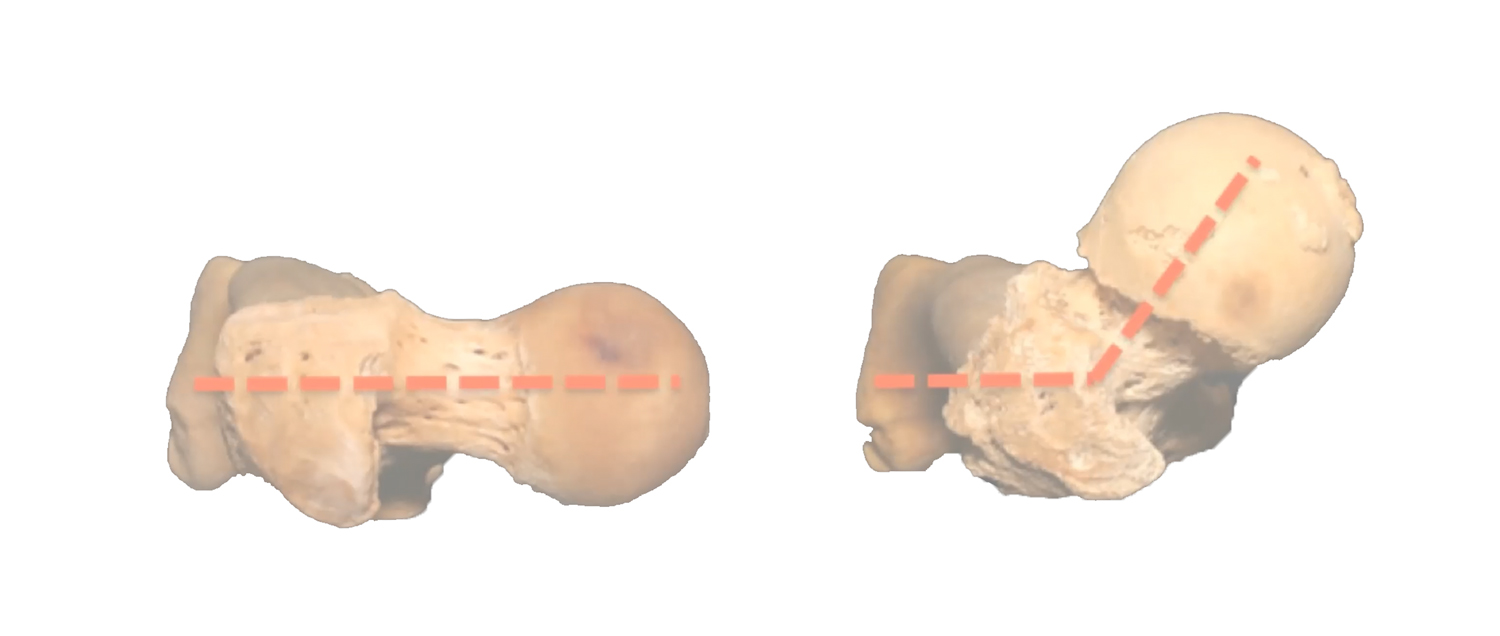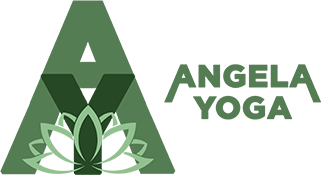Functional Anatomy (50hrs)
Anatomical Variation, Flexibility vs. Skeletability, Functional Anatomy

Anatomy is still quite often an underexposed part of many yoga teacher training programs. Even while yoga teachers are continually involved with the movement of the human body. In all my classes, workshops, and training modules I work according to the functional approach of yoga practice. This means that performing the various poses is not the goal in itself, but only a means to an end. The goal of the practice or the goal of a certain pose can be different. So it is not about what a pose may look like, but about how the pose feels in your body. In a functional approach to yoga, there is no such thing as a ‘perfect pose’. Every hand and foot position either helps or inhibits your ability to stress the target areas. The most effective way to do this varies from person to person.
The basic principle lies in the notion that every body is unique. Everyone has their own unique bone structure. That means that the most effective way to stress the target area may vary from person to person. That is why I work with very general cues because the use of very specific alignment cues will cause a certain amount of the students to force their bodies into a shape that at the very least may prevent them from hitting the target area but could also create a substantial risk of being injurious.
“What is medicine to one person, can be poison for another.” -Jo Phee
Everyone will naturally be ‘good’ in certain types of postures and less ‘good’ in others. On the one hand, this has to do with the level of flexibility in the soft tissues in the body. Flexibility can be influenced by practice. Practice and all is coming. On the other hand, it has to do with skeletability: the shape and proportion of your bones that will determine when you will hit compression. And once you hit compression, you can practice as much as you like, but unless you can change the shape of your bones, you won’t be able to change anything about that. So the challenge lies in learning to know the difference between flexibility and compression.
“It’s not your truth until you’ve experienced it.” -Kabir
Deze training niet puur theoretisch, we gaan de opgedane kennis direct in de praktijk brengen en aan den lijve ondervinden hoe verschillende lichamen reageren in diverse houdingen.
Functional Anatomy
Functional Yoga
Skeletal Segments
Myofascial Groups
Skeletal Variation
Skeletability
About Joints
Anatomical Study
Shoulders
Spine
Hips
Knees
Ankles
Arms
Anatomy 101
Muscles
Tendons
Ligaments
Connective Tissue
Bones
Joints
Practical Anatomy
Compression
Posture Lab
Human Specimens
Peer Review
Yoga Pose Analysis
Common Dysfunctions
Besides the 5 days of studying together, you can also expect to receive some homework assignments which you will have to complete in your own time. In order to qualify for the Yoga Alliance certified certificate, you are required to attend all the hours of in-person training as well as complete all the homework assignments (within 1 month of completion of the in-person training). Experience with Yin Yoga is not required, but it could be a benefit.
Training days: 27-28-29 September & 11-12-13 October 2024
Training location: Sterrig Studio, Wolvega
Your investment: € 899
What to expect in return: 2 full weekends of in-person studying, including snacks, coffee & tea, and an extensive goodie bag, as well as a beautiful and very complete manual as reference.
This training is Yoga Alliance certified and the hours can be logged in as CE-hours (continued education).
If you have any questions regarding the contents of this training, feel free to contact me via info@angelayoga.nl. For practical questions and registration, you can contact the host directly via info@sterrigopleidingen.nl. We are also more than happy to assist you in regards to comfortable accommodation within walking distance of the studio as well as other queries you might have.
